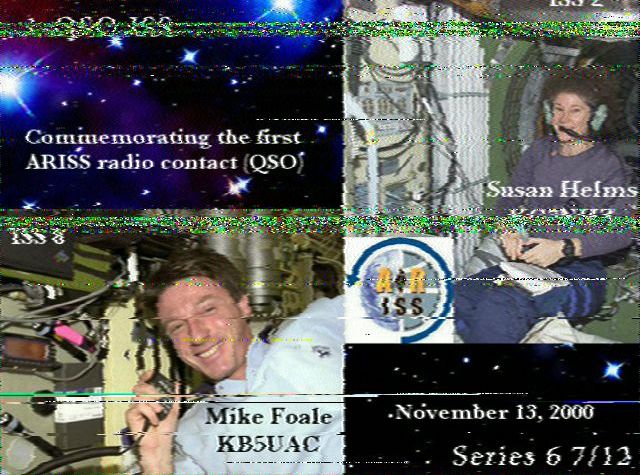The RF Crew met at ASA today from about 10 AM until 2 PM for another on-air practice session using the ISS Packet Robot. Executive summary: things went very well for both passes — still some gremlins, but nothing that wasn’t overcome before either pass.
The computer used for Doppler and Packet was still suffering from being introduced to the Rotor Controller this past Thursday, which necessitated a reinstall of the software to stop the obscure german error messages. But that gave us a great opportunity to practice manual Doppler correction (preprogrammed channels in the IC-9100) which worked fine for the first pass. The install was completed between the two passes, and things worked great on the 2nd pass.
The Rotor Control laptop was back and working fine. It’s always a test of faith to wait for the clicking of relays and changing displays that doesn’t happen until until the ISS is about 5 degrees above the horizon. I would suggest moving the array by manual control to be pointing in the right general direction. The TLE file was about 10 days old (pre-boost) and that caused it to start tracking about 5 minute early. We corrected that for the second pass. Updating TLEs and verifying PC clocks is on the checklist for the event day.
We tried the antenna polarity switch during the second pass — it did not appear to make any difference with either the RX levels or the SWR on transmit. We will measure current next saturday to be sure that the relay is actually being energized.
The egg beater was installed after drying it out and sealing things up. The SWR was 1:1 at 144 MHz, rising slowly to 1.2:1 at 146 MHz. During the last 3 minutes of the second pass we tried it on air. The reality is it will not be very effective — we could hear the ISS Packet Robot faintly in the background (not at all without the preamp on). And it was obvious that the packet robot was not hearing us at all. Of course the ISS was only about 10 degrees above the eastern horizon and sinking fast.
Some of the packets from ASA that were reported on the global APRS network were:
12:51:48 EDT: N1ASA>CQ,RS0ISS*,FN41IM,ASA,qAR,N0AGI-1:hello wb3fkp
12:53:47 EDT: N1ASA>CQ,RS0ISS*,FN41IM,ASA,qAR,VA3ROM:>fn41IM -/
12:53:57 EDT: N1ASA>CQ,RS0ISS*,FN41IM,ASA,qAR,VA3ROM:Hello N2RRJ
12:54:18 EDT: N1ASA>CQ,RS0ISS*,FN41IM,ASA,qAR,VA3ROM:Hello
from all saints academy in rhode island

